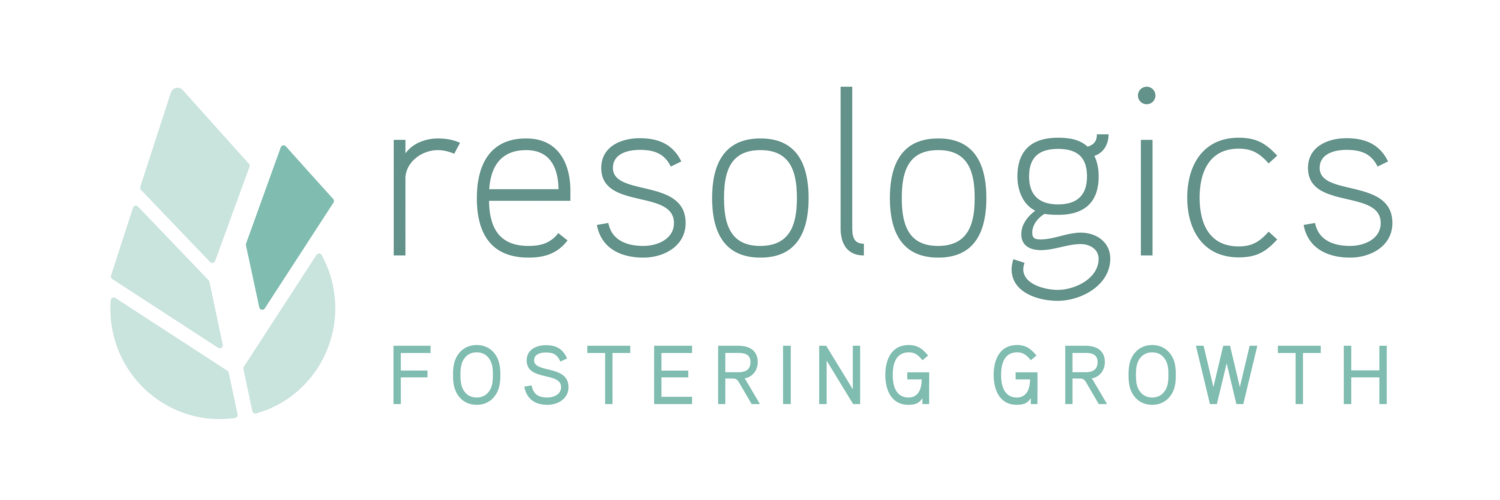The Leader’s Guide: How to Use Constructive Conflict as an Innovation Generator
/This is the second in our series of Leader’s Guides on harnessing the power of conflict. Conflict, when well managed, can breathe life and energy into workplace relationships that inspire more productivity, creativity and innovation.
I talked in the previous article, The Leader’s Guide: The Key to Boosting Employee Engagement in Your Workplace: It’s Not What You Think, about what conflict is - a natural occurrence in a workplace that can either be a positive or a negative experience. And that a leader who sees conflict as a useful tool rather than a negative thing to avoid, helps increase employee engagement and the vibrant exchange of ideas that take your business on the innovation and growth path.
So how, as a leader, do you start to create the kind of organizational dynamics that harness the power of constructive conflict? Read on...
Use the Innovation Estimator™ On-line Tool
It’s key to start by assessing where your team falls on the conflict continuum and what a team with well-managed conflict looks like. With the Resologics Innovation Estimator™ online tool, you can measure how your team uses conflict and answer this question: Do you work well enough with conflict to get the job done? We’ve created this unique (and easy-to-use) tool from a foundation of years of experience and research data, so you can compare the team to itself and other teams with some custom questions.
Read the book “The Other F Word”
Authored by Danner and Coopersmith, this book shows how successful leaders and teams can use failure and conflict to re-engage employees, drive productivity, and spark growth within organizations. This practical read features a framework for how leaders can:
- Reduce the fear of failure that stifles initiative, creativity, and engagement
- Harness failure as a catalyst to drive innovation
- Openly communicate and engage in productive conversations with their team about failure and conflict.
Engage With Your Team
Once you’re armed with information and assessment tools, you are ready to engage your team personally to foster a creative culture that encourages constructive conflict. Three keys here: Ask your team engaging questions (by the way, some of the questions from the Innovation Estimator™ survey could be helpful); invite feedback; and listen carefully. Leading by example is of course the best way to teach them what respectful discourse and constructive conflict looks like.
Hold a team meeting, setting the expectation of an open and respectful conversation. Bring in a facilitator who is outside of your team to make sure everyone feels comfortable thinking and talking and speaking up, including the team leader. Here are some of the questions the facilitator can ask your team members:
- What are the things we can do to eliminate the potential for negative conflict outcomes during this project?
- What agreements can we put in place to make sure we all feel safe addressing conflict when it arises?
- In order for this team to be successful or effective, what do we need to count on from each other?
- As a follow-up to the agreement you have just created, one more simple question may help solidify it: “What’s the one thing that would help make you more confident that this agreement will hold?”
In upcoming “Leader’s Guides” I’ll talk more on topics around harnessing the power of conflict for your organization, which will continue to give practical tools that can make a difference right away. If you have any questions or would like more explanation about the mindset of embracing constructive conflict, please feel free to schedule a conversation with us here.



When we join a company, partnership or team, our expectation is that everyone involved will exhibit professional behavior toward us and each other. Instead, it’s highly possible that we may become one of the more than 60 million adults in the United States who are affected in some way by bullying behavior at work.
What kind of behaviors are we talking about? Our definition is any interpersonal behavior that causes emotional distress in others sufficient enough to impede their productivity or disrupt organizational functioning. It isn’t just a personality conflict — it’s a chronic pattern of disrespectful behavior.